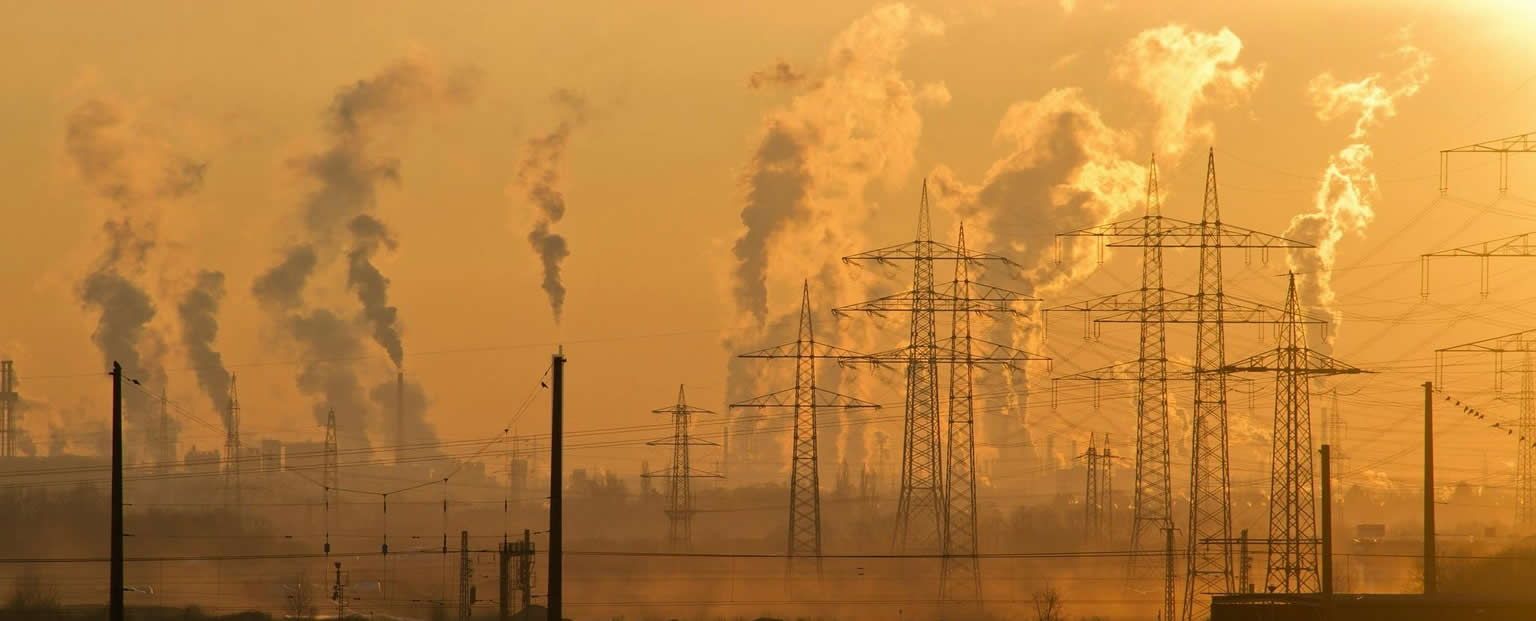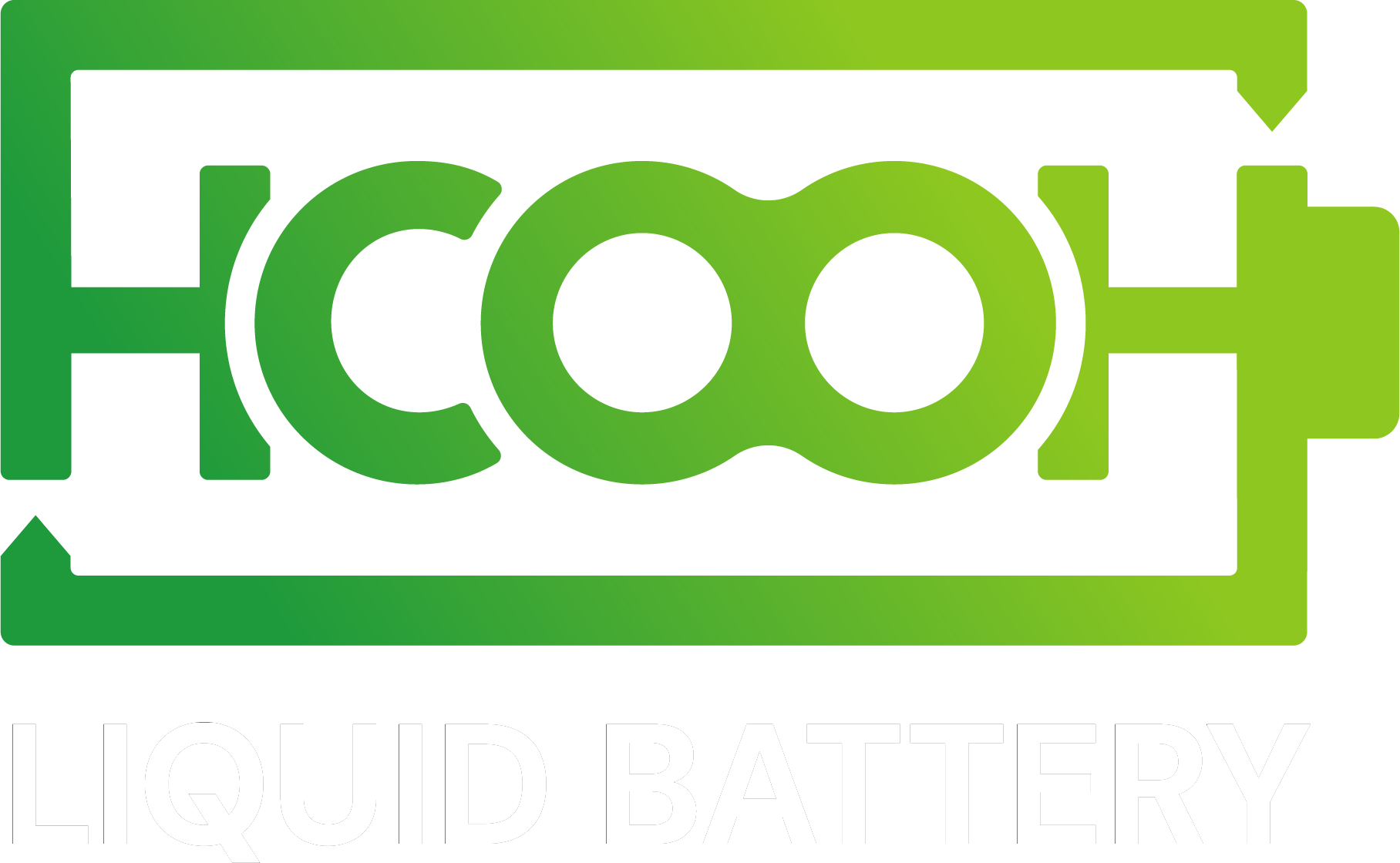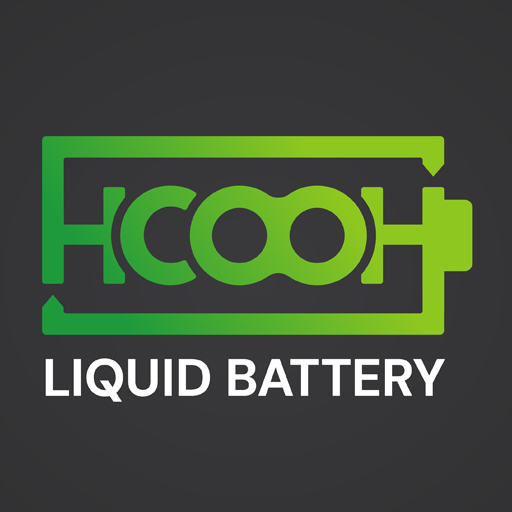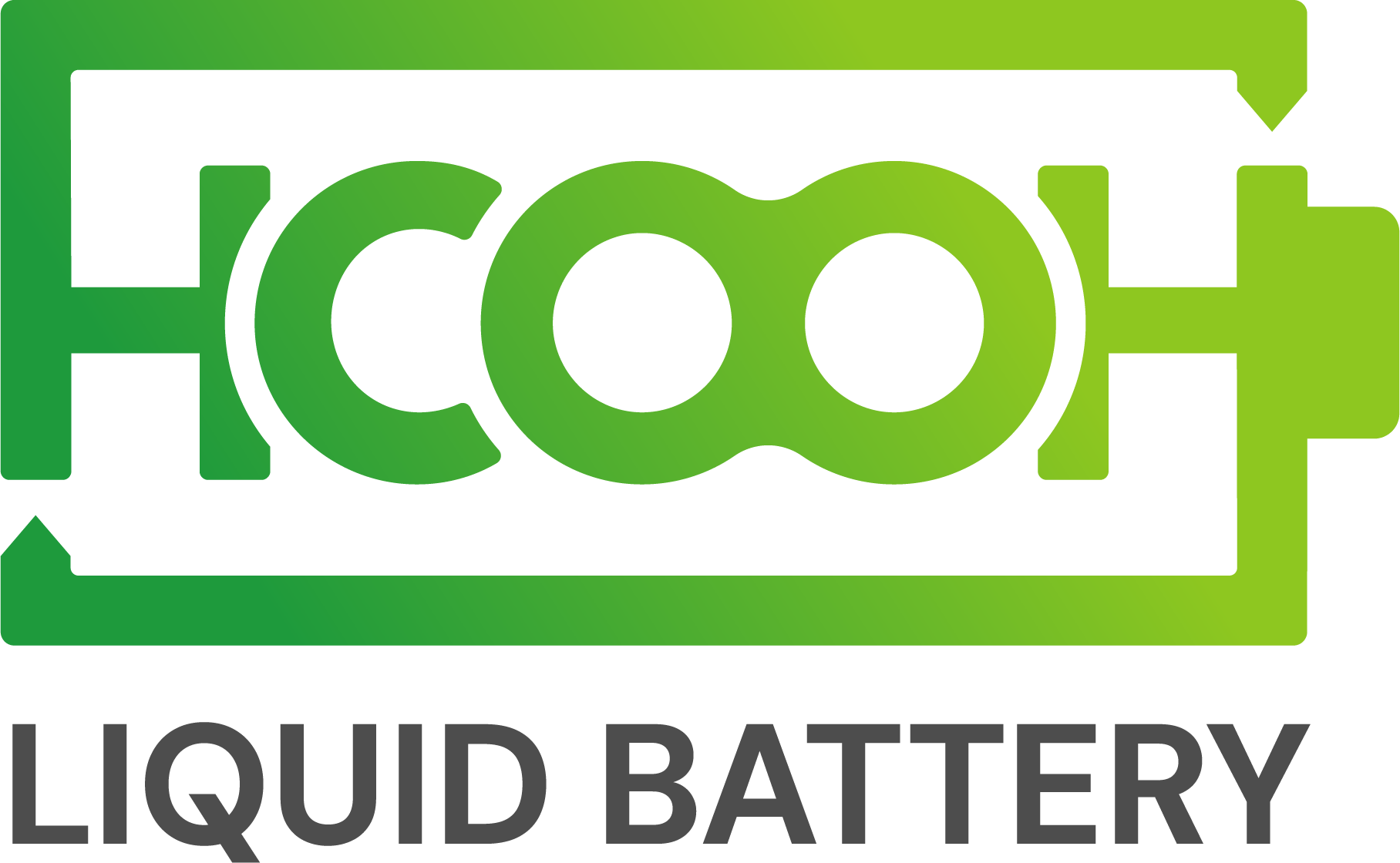Carbon Dioxide vs. Renewable Energy
The world is dealing with the climate crisis, carbon-free energy production, and its implementation with truly functional systems, identified as the most urgent and threatening problem for humanity’s future. This process is called energy transition in energy terms.
Energy production and its smart use are fundamental issues for the survival of humanity. Neither individuals nor society as a whole want to give up the technological advancements that have served people’s comfort since the early industrial society, ensuring large-scale production and excellent services. However, knowing the limits, avoiding waste, and self-limiting consumption in a reasonable, thoughtful way is important. A fusion reactor will not solve humanity’s energy hunger, but rational thinking in green energy production, smart distribution, and conscious consumption will.
“When we talk about energy, we at RK-X primarily think of renewable energy because there is enough of it. Renewable energy production is the only category that meets the 10,000-year sustainability criterion.”
Renewable energy sources include solar energy, wind energy, hydro energy, and biomass. However, if we think carefully, the latter are all transformed forms of solar energy. The movement of winds and waters is directed by the physical-chemical processes of the biosphere, with solar energy appearing in transformed forms embedded in the existence and movement of living and non-living materials.
The biomass cycle involves the cyclic production and decay of biomass in the biosphere. The process is driven by solar energy, which provides the energy stored in living mass, created through photosynthesis using carbon dioxide from the air. Fossil fuels also accumulate solar energy, storing it upon their formation. However, their regeneration occurs over millions of years, making them incredibly slow by human standards, which is why fossil fuels are considered “non-renewable.”

All renewable energy production and use processes are transformation processes within a closed system, a cycle, meaning they do not alter the composition of biosphere systems, energy relations, or the temperature of the atmosphere and oceans; they only change the current states and quantities of energy allocations and materials at specific locations. Therefore, these cycles, energy allocations, are perfect from a sustainability perspective. The carbon and energy balance of a cycle is zero. The balance of energy storage and release is continuously zero. Hence, if these processes remain balanced long-term, they do not alter the equilibrium states of the biosphere: neither in terms of energy, atmospheric physics, marine biology, soil science, nor the balance of living organisms.
Transportation essentially involves energy production and use. The difference is that the energy stored in the vehicle is used by the local power plant’s turbine, power transmission system, and motor to drive the vehicle. Therefore, transportation alone does not represent a new problem but rather extends the problem of energy production, storage, and use to transportation. A truly 21st-century energy system integrates with transportation tools and systems, not just by definition but physically. Consider the integration of accumulated energy represented by expanding e-mobility solutions and the electricity grid, the Smart Grid.







